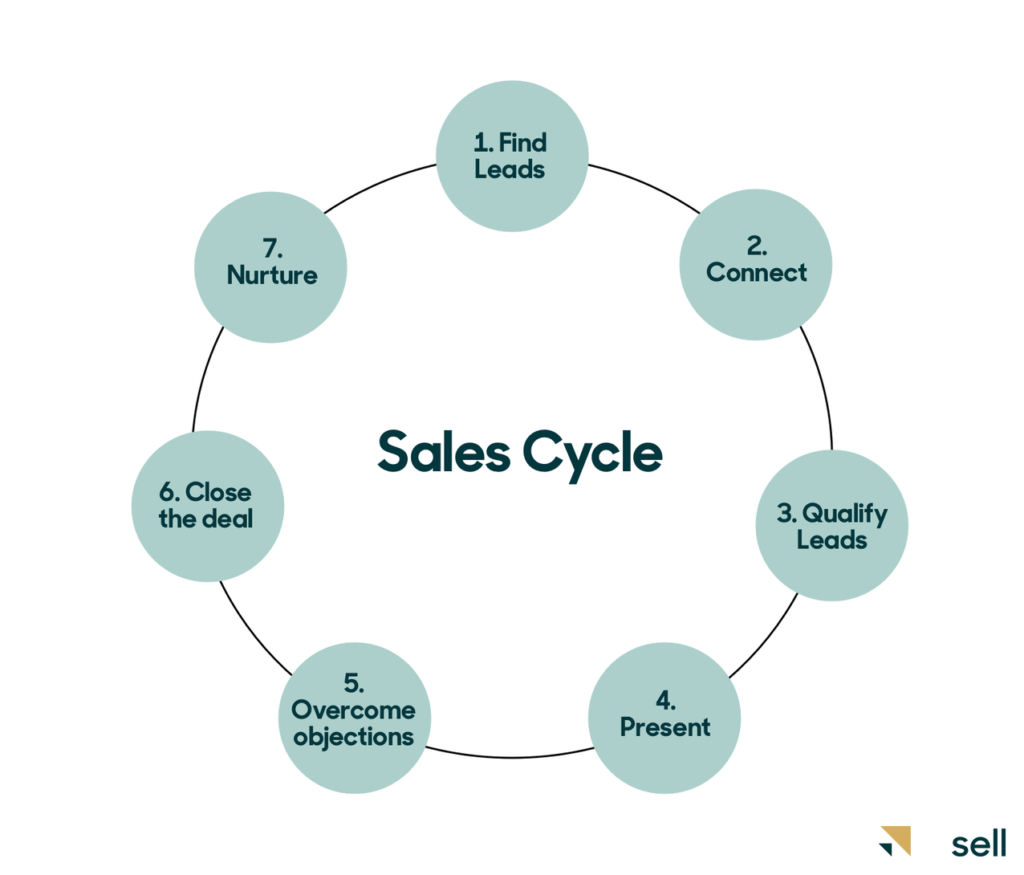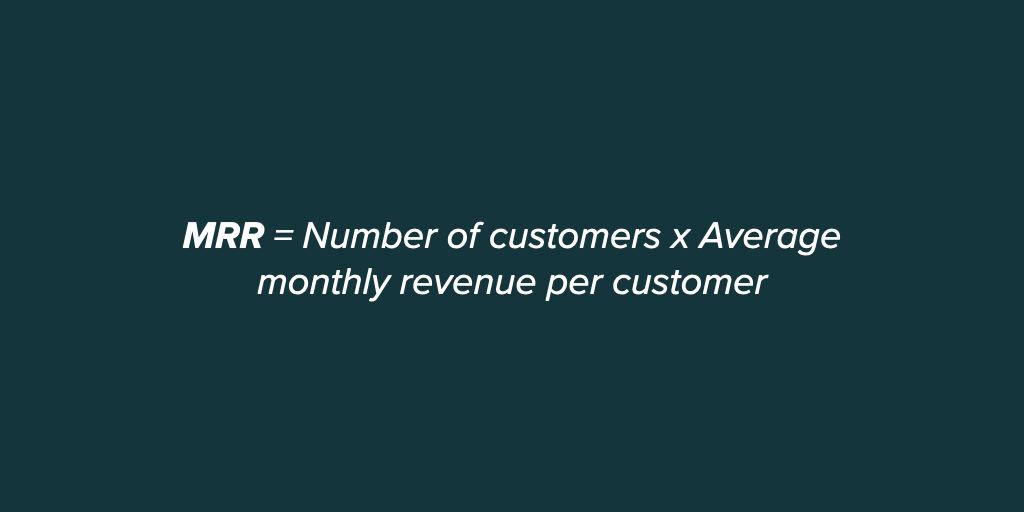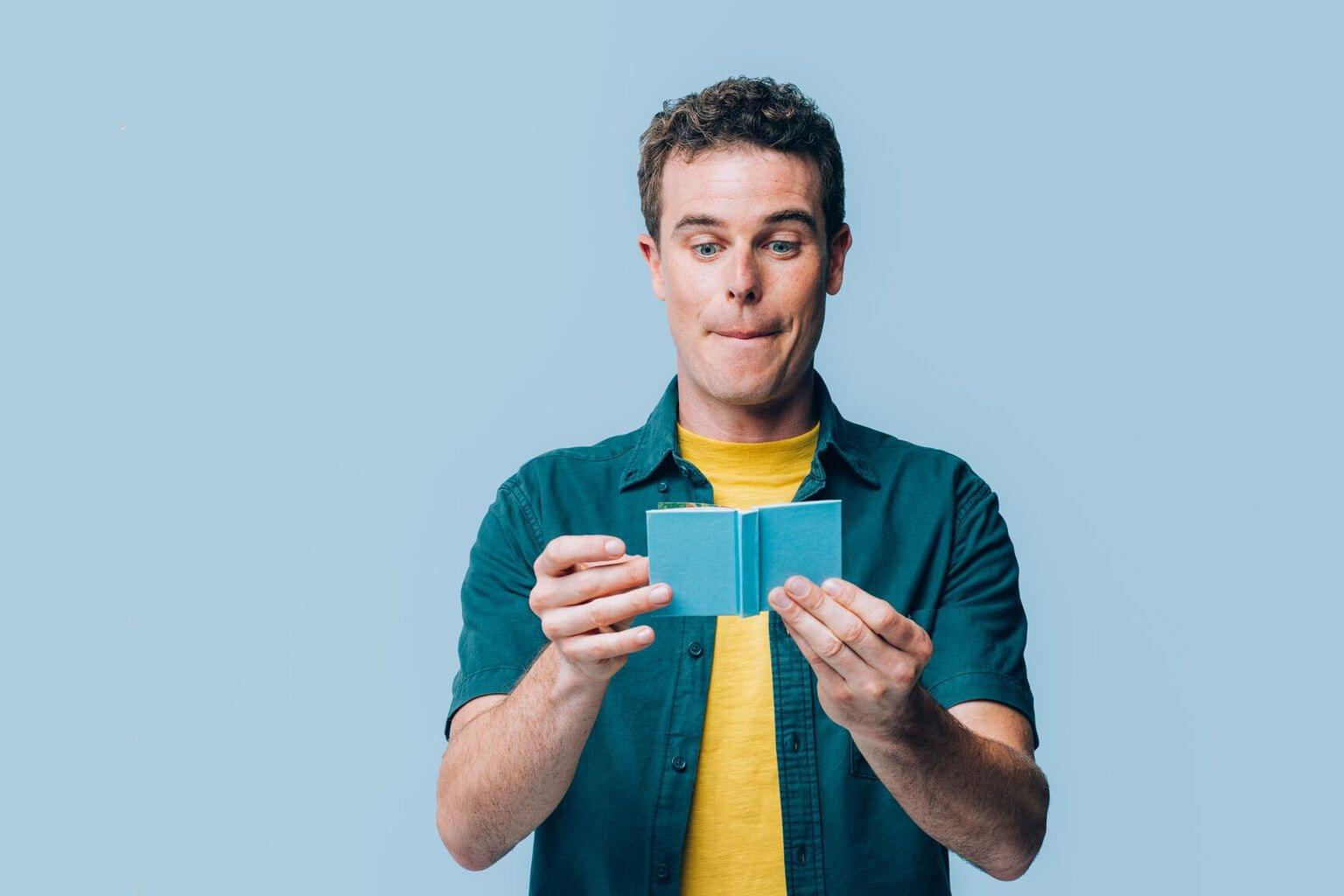Article • 16 min read
SaaS sales 101: A beginner’s guide to selling software
New to the world of SaaS sales? Learn everything about the software-as-a-service sales model and the best techniques for mastering it.
출처 Alex Smithers, Contributing Writer
최종 업데이트: March 16, 2022
The global software as a service (SaaS) market totaled $157 billion in 2020—more than double what it was in 2015 and nearly 12 times what it was in 2010. The industry shows no signs of slowing down, either. By 2026, the SaaS market is expected to reach $307 billion.
That’s a lot of SaaS sales—who’s driving those purchases? SaaS sales reps.
If you’re coming from a more traditional sales background, transitioning to SaaS can be a tricky adjustment. Sales reps need to understand the unique SaaS sales process and the best techniques for guiding a prospect to purchase and beyond. Read on to learn:
What is SaaS sales?
SaaS sales is the process of selling web-based software. With SaaS software, a service provider hosts the application at a data center, and customers access it via the Internet. This setup saves clients the cost of maintaining the hardware needed to run traditional software and gives providers a steady stream of subscription revenue.
Anyone new to the SaaS sales rep role must learn how to pitch, demonstrate, and answer questions about highly technical products. You’ll also need to get used to a subscription-based business model that relies heavily on retaining customers and upselling existing accounts. And because most SaaS products are significant investments, you’ll have to adjust to a long sales cycle.
Sales cycle vs. sale funnel: What’s the difference?
As a new SaaS sales agent, you may find the terminology confusing—especially around sales cycles and sales funnels. It’s understandable; sales cycles and sales funnels sound similar. But both concepts are important and distinct. They give you a framework for understanding where each customer is in their journey as a buyer and what you need to do next. They also indicate how likely you are to hit your targets each month.
If you want to succeed in sales, you need to speak the language. A sales cycle represents all the stages an individual customer moves through in the sales process from the perspective of the sales agent. A sales funnel shows your sales team’s activities and processes, not just the stages of an individual customer.
A sales agent tracks where a buyer is in the sales cycle. Businesses use the sales cycle as an abstract framework to better understand and track their customers’ buying processes.
The sales funnel illustrates all the stages of the buyer’s journey, including those that occur before sales agents step in. For example, the “Awareness” phase—which corresponds with the discovery of a company or product—typically occurs as a result of marketing efforts. A sales cycle, on the other hand, generally starts with the sales team already involved.
A single sales agent may have their own sales funnel (or sales pipeline). But a team or even an entire business may use a sales funnel to refer to a conceptual tool that maps their customer acquisition process (real or ideal). This subtle difference in use cases can lead to confusion. Pay attention to the context, and don’t be afraid to ask if you’re unsure how “sales funnel” is being used in a particular situation.
The 7 stages of the SaaS sales cycle
The SaaS sales cycle has similar stages to other sales cycles but may last longer, especially for higher-value transactions. Thierry Tremblay, CEO and founder of Kohezion, says their typical sales cycle takes 80 days to closure.
A sales rep goes through the following stages:
- Find leads: Identify potential leads through research.
- Connect: Reach out to the lead.
- Qualify: Confirm the lead is worth your time.
- Present: Show the value of your product to the prospect.
- Overcome objections: Use your sales skills to move closer to a sale despite obstacles.
- Close the deal: Get to “yes” and let the ink dry on the contract.
- Nurture: Check in with the new customer as the start date approaches and oversee the handover.

Try to maintain a balanced pipeline with different leads at every stage. That way, you can avoid dry spells.
The 5 stages of the SaaS sales funnel
While the sales cycle dictates what reps do, the sales funnel outlines the phases buyers complete before making a purchase.
SaaS buyers typically need a fair amount of convincing before converting because SaaS software is often expensive. To guide a prospect, you need to recognize what stage of the buyer’s journey they’re in and how you can nudge them to the next step.

Awareness
The journey begins when a person first learns about your product. SaaS companies often try to get on a consumer’s radar through inbound marketing methods, such as social media and gated content.
SaaS sales reps can also spread brand awareness by contacting potential leads. Cold calling, email outreach, and free trial offers are all common ways of reaching buyers for the first time.Interest
This is when a buyer actually becomes curious about your product. The moment a promising lead interacts with your marketing materials or your website signifies interest. That could entail downloading a PDF from your site or visiting a certain landing page.
If the interest is sufficiently high, the lead could become a marketing qualified lead (MQL) and get referred to a sales rep. For example, signing up for a free trial of your product often automatically qualifies someone as an MQL.
Your job at this stage is to stoke a lead’s interest by educating them about your brand. You’ll need a deep knowledge of your product and its competitors and a full command of common FAQs.Evaluation
A prospect enters the evaluation stage when they’re actively considering a purchase. Nudge them in the right direction by answering their questions and addressing their unique pain points.
Show the prospect how your product can solve their problems with a private demonstration or a relevant case study. Be prepared to respond to objections about the price or capabilities of the software. Going into the negotiation, you need to know if you’re willing to offer a discount and what other options—like a lower subscription tier—you might suggest first.Engagement
The prospect is close to making a purchase, but they still need a bit more time to mull it over. At this stage, it’s critical to keep them engaged.
Continue talking to the prospect and asking questions. If they go silent, don’t wait too long to send a follow-up email or to make another call. The SaaS market is competitive, and there’s a good chance they’re entertaining other offers.Purchase
Finally—you’ve reached the moment when the prospect says yes, and the deal is done. While this may be the final stage of the buyer’s journey, it’s not the end of the road for SaaS sales reps.
SaaS companies heavily rely on customer retention. They require relatively steady (if not growing) recurring revenue, as new SaaS sales take a long time to complete and can be hard to come by. After the purchase, continue to nurture client relationships to minimize churn.
An example of the 5-stage SaaS sales funnel
To help make the process a little less abstract, here’s an example of how the sales funnel might play out for a company that provides customer support software—we’ll call them “Company X” (“Company Z” might be too on the nose).
Awareness: Natalie, the senior manager of customer support for an ecommerce store, learns about a customer experience webinar being hosted by Company X.
Interest: Impressed, she visits Company X’s website and reads about their software. Interested, she downloads a free demo. A sales rep at Company X is notified the moment the free trial begins. He quickly sends Natalie an email introducing himself and offering to help her set up the software.
Evaluation: Natalie tests the software for a few days but hasn’t made up her mind. She agrees to get on a call with the sales rep so he can answer a few questions she has about the product.
Engagement: The trial period is coming to a close, but no deal has been made. The sales rep emails Natalie to remind her that the demo is expiring. He emails her again when she doesn’t respond after two days.
Purchase: Natalie finally gets back to the sales rep to express her interest in buying the software. They set up a meeting with some of the company’s other stakeholders and hammer out the details of the agreement.
Even after the deal’s done, the rep will want to stay in touch with Natalie and keep an eye out for potential cross-sell and upsell opportunities further down the road. The best SaaS businesses are able to expand by holding onto old customers while also winning new ones.
2021 Gartner Magic Quadrant for the CRM Customer Engagement Center
Learn why Zendesk was named a leader in the 2021 Gartner Magic Quadrant for the CRM Customer Engagement Center.
Essential SaaS sales metrics
There are many sales metrics out there, but you can’t keep track of them all. Here are the metrics that are most important for SaaS sales.
Customer lifetime value (CLTV)
The SaaS sales model is subscription-based, and CLTV is ideal for measuring subscription selling. CLTV is the amount of money a customer will spend with a company over their entire lifecycle. Basically, it indicates how valuable a customer is to your business.
To calculate CLTV, take the average purchase value and multiply it by the average number of purchases over a period of time.

A high CLTV can result from having many long-term subscriptions, enthusiasts spending a lot of money over shorter periods of time, or both. A low CLTV can suggest that users aren’t happy with the product and are dropping off quickly, leading to low retention rates. It could also mean customers don’t value the product enough to increase their investment.
To boost your CLTV, you can:
Educate customers about your product and its features.
- Gather customer feedback to understand any difficulties they’re having with the software and address them.
Target leads who can invest in higher-tier plans.
CLTV is an important metric because it helps you determine whether your company needs to invest more in marketing campaigns to acquire new customers or in a retention strategy to keep your current customers.
CLTV:CAC ratio
Spending too much to acquire customers hurts profits. Compare your CLTV to your customer acquisition cost (CAC) to see if you’re throwing money away. The CLTV:CAC ratio reveals how profitable a customer will be over their lifetime, so it’s better than measuring just CAC on its own.
The higher the ratio, the more you’re making from each customer compared to the cost of acquiring them. For example, a 5:1 ratio is more profitable than a 2:1 ratio.
To calculate this ratio, you first need to find your CLTV. (You can find instructions on that above.) Second, determine your CAC by dividing the cost of all sales efforts to acquire customers by the total number of new customers.
Once you have both your CLTV and CAC, simply divide them to calculate the CLTV:CAC ratio. For example, if your CLTV is $3,000 and your CAC is $1,000, then your CLTV:CAC ratio is 3:1.

A ratio of 3:1 is sometimes considered healthy. While a higher CLTV:CAC ratio can be positive, it’s often recommended that a business reinvest profits in acquiring more customers if it can afford to (and therefore grow its market share). A very high ratio could indicate that this isn’t happening.
To boost your CLTV:CAC ratio, you can try raising your CLTV, refining your sales process, or creating a sell sheet.
Churn
Churn is the rate at which you lose customers. A high churn rate is particularly threatening to SaaS companies because they largely rely on recurring revenue. You must regularly monitor churn to ensure your customers are sticking around and generating profit.
Sales agents can unwittingly contribute to churn. How? Sales agents:
Set expectations about results. Set unreasonably high ones, and disappointed customers may take their dollars elsewhere.
Are a key source of information about the product. If sales agents don’t adequately explain all the features and benefits, customers may not see the full value while still paying full price. Thinking it’s a bad deal, they might choose to leave.
Oversee the early stages of onboarding and the handover to the customer success team. A poor or inconsistent experience at this stage can lead to confusion, frustration, and churn.
To calculate churn rate, divide the number of customers you lost during a certain time period (such as a month or quarter) by the number of customers you had at the start of that same time period. Then, multiply the result by 100 to get your percentage.

Combat churn by educating your customers about the advantages of the product and how to leverage the features. Consider creating customer tutorials and sharing knowledge base content so users can get the most out of the software.
Monthly recurring revenue (MRR)
MRR is widely considered to be one of the most critical SaaS sales metrics. It measures the amount of money generated by subscriptions each month. MRR is also useful for gauging the performance of individual sales agents and for predicting future revenue.
To calculate MRR, multiply the total number of customers by the average monthly revenue per customer.

Fortunately, the same methods that work to reduce churn also help improve MRR.
How to sell SaaS: 6 sales tips for success
Understanding the SaaS sales process is the first step, and mastering it is the second (considerably longer) step. Here are some sales techniques to help you turn more SaaS leads into paying customers.
How to land your first SaaS sales role
Excited about the possibility of working in SaaS sales? The path to your first SaaS sales role depends on whether you have experience in sales.
If you have sales experience outside of SaaS, learn about the industry. Find out what makes SaaS different from your current industry by reading blogs and engaging with SaaS sales professionals on LinkedIn. Increase your knowledge and form connections, then start applying to roles.
If you don’t have any sales experience, the field is still quite accessible. Many recent graduates go into sales for this reason.
Gaining SaaS sales experience
Build experience to increase your chances of landing a great SaaS sales role. To do this, you have three main options:
- Enroll in sales training programs.
- Consider paid sales internships or low base salary roles with high or uncapped commission.
Leverage your network. Many people know someone who works in sales. Try reaching out to them to see if they’re aware of any opportunities that fit your situation.
SaaS sales salary
According to ZipRecruiter, the average annual salary for a SaaS sales professional is $78,898. But the pay ranges anywhere from $22,000 to $159,500 per year.
Sales agents are expected to make most of their money from commission, so it’s important to pay close attention to the sales commission structure when considering a job offer. Be sure to ask about the commission structure during your sales interview if it doesn’t come up.
Zendesk Sell: A tool to streamline your SaaS sales process
A sales CRM like Zendesk Sell makes each part of the SaaS sales process smoother and faster. With Zendesk Sell, you can automatically generate leads and regularly reach out with email automation. You can also track every prospect as you guide them through the SaaS sales funnel, so it’s easier to stay on top of all your customer conversations and relationships.
If you’re looking for an organized way to routinely engage with prospects and clients, start a free trial of Zendesk Sell today.
